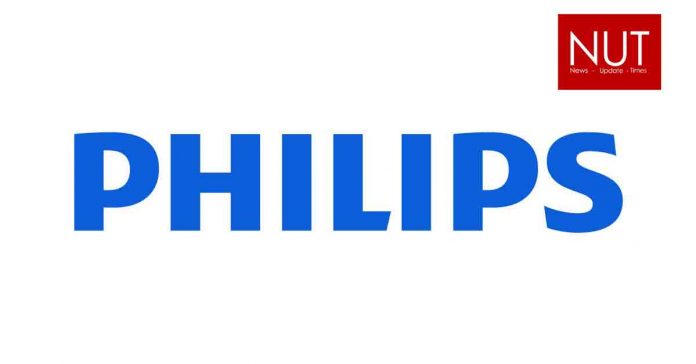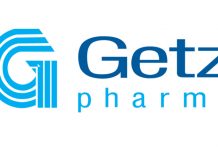Philips is catering to increasing demand for high-technology solutions that can help keep pollutants, bacteria and viruses at bay
Lahore (Muhammad Yasir) Royal Philips (NYSE: PHG, AEX: PHIA), a global leader in health technology is stepping up its innovation efforts in air purification towards helping more people make the change to living healthier lives indoors.
With a team of more than 100 scientists, doctors and engineers working in air purification, Philips has a long-standing heritage in health technology and has become a global leader in air purification. As part of this journey, Philips has launched its latest home care innovation in Pakistan – the new Philips Air Purifier 2000i Series – to help improve clean air delivery that keeps pollutants, bacteria and viruses at bay.
Across the region, including in Pakistan, urban areas are frequently plagued by smog. Similar to last year, Lahore and Islamabad continues to be shrouded by heavy smog in 2020, which has taken a toll on people’s personal health. With more people staying indoors to protect themselves from the polluted outdoor air, it is important to ensure that consumers take the steps to ensure that our indoor air is clean and healthy.
According to the US Centers for Disease Control and Prevention (CDC)[3], there has been evidence that “some COVID-19 infections can be spread by exposure to virus in small droplets and particles that can linger in the air for minutes to hours”, referring to airborne transmission.
Philips air purifiers remove up to 99.9% of viruses and aerosols from the air[4]. The size of SARS-CoV-2 virus is estimated to be between 50 –140 nanometers (nm). As Philips NanoProtect HEPA filters can remove 99.97% of particles as small as 0.003μm[5] (equals to 3 nm), smaller than the smallest known virus[6], from the air which passes through the filter, a similar performance is expected for SARS-CoV-2 aerosols.
[1] The total exposure assessment methodology (TEAM) study, The United States Environmental Protection Agency (EFA), 1987.
[2] Current status of allergy prevalence in Germany, AllergoJ int., 2016.
[3] CDC Centers for Disease Control and Prevention: How COVID-19 Spreads
[4] Microbial Reduction Rate Test conducted at Airmid Health group Ltd. tested in a 28.5m3 test chamber contaminated with airborne influenza A(H1N1). An air purifier by itself does not protect against COVID-19 but can be part of plan to protect yourself and your family to help ventilation and having clean air (US Environmental Protection Agency).
[5] Tested with NaClaerosol by iUTA according to DIN71460-1.
[6] Supporting literature for the size of coronavirus [// Ref source: s Vargaet al. The Lancet 2020, Vol 395, May 30, e100 Dimension of SARS-CoV-2: 60 -140 nanometer].
[7] World Health Organization: Pakistan, Environmental health






